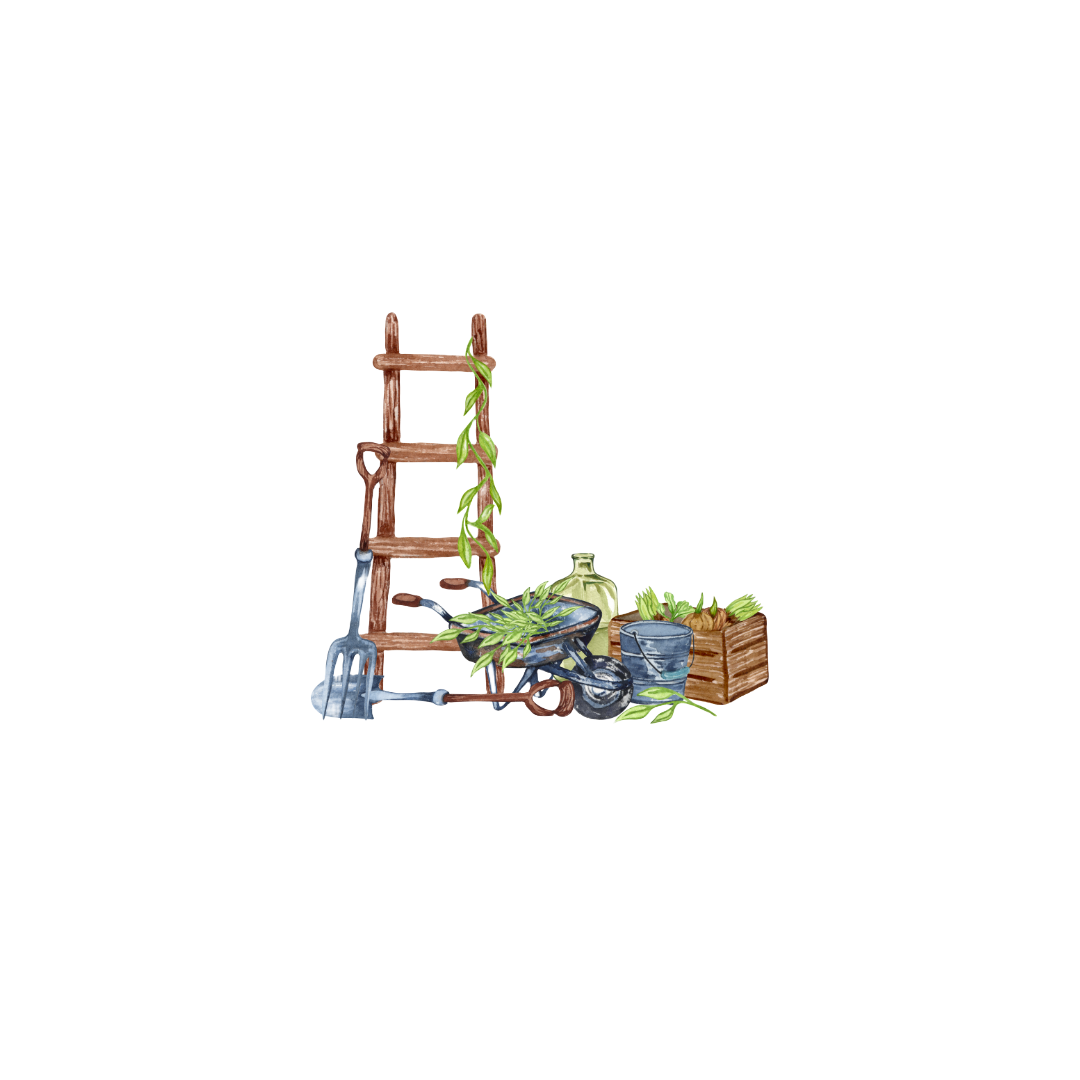Choose Low-Maintenance Plants
Selecting the right plants is the first step toward a low-maintenance vertical garden. Opt for plants that are known for being hardy and require minimal care.
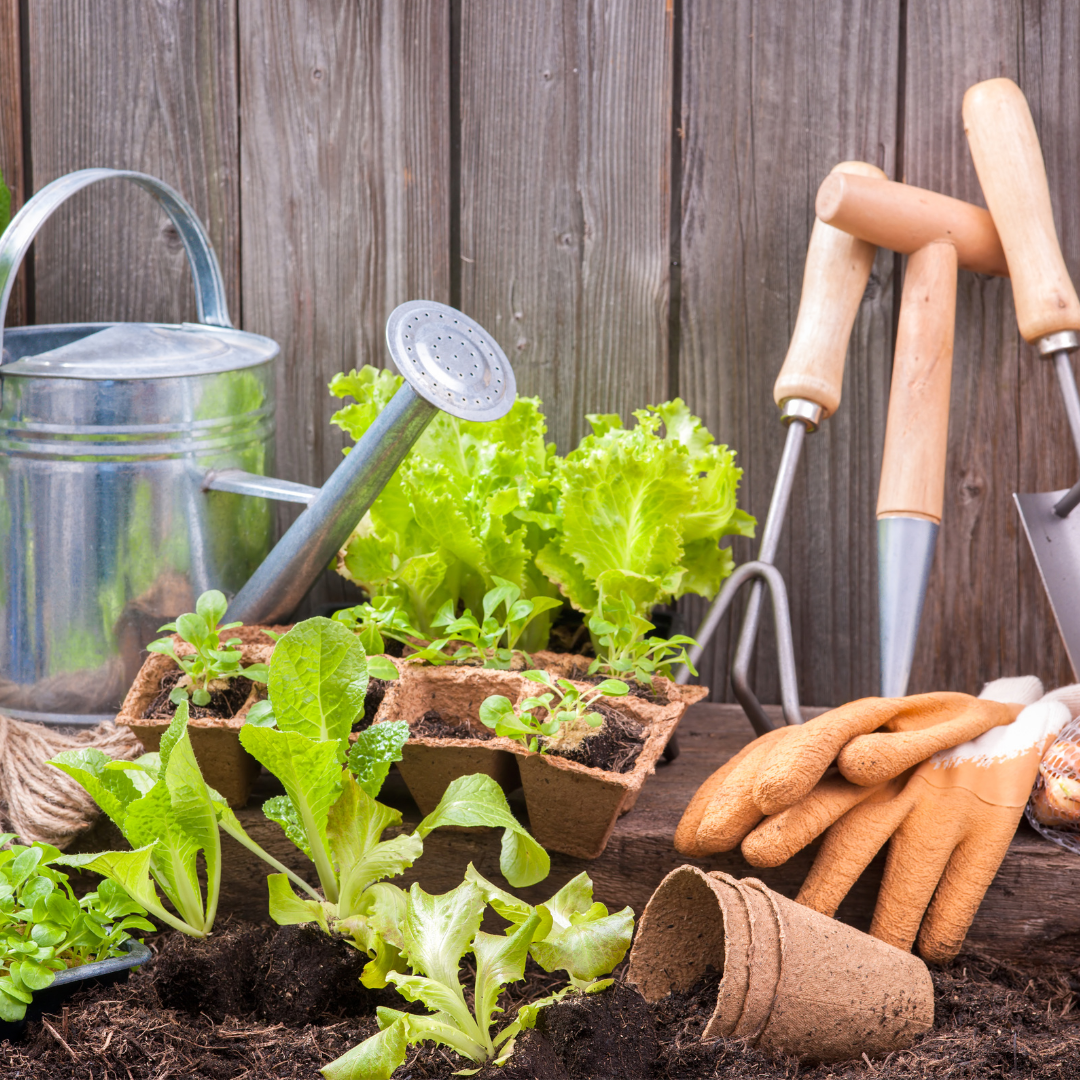
Herbs like thyme, rosemary, and oregano are also great options because they thrive in various conditions and need less frequent watering.
Leafy greens such as spinach, kale, and lettuce are resilient and can grow quickly, providing you with fresh produce without demanding too much of your time.
Automate Watering System
Watering is one of the most time-consuming tasks in gardening. Installing an automated drip irrigation system can significantly reduce the amount of time you spend watering your plants.
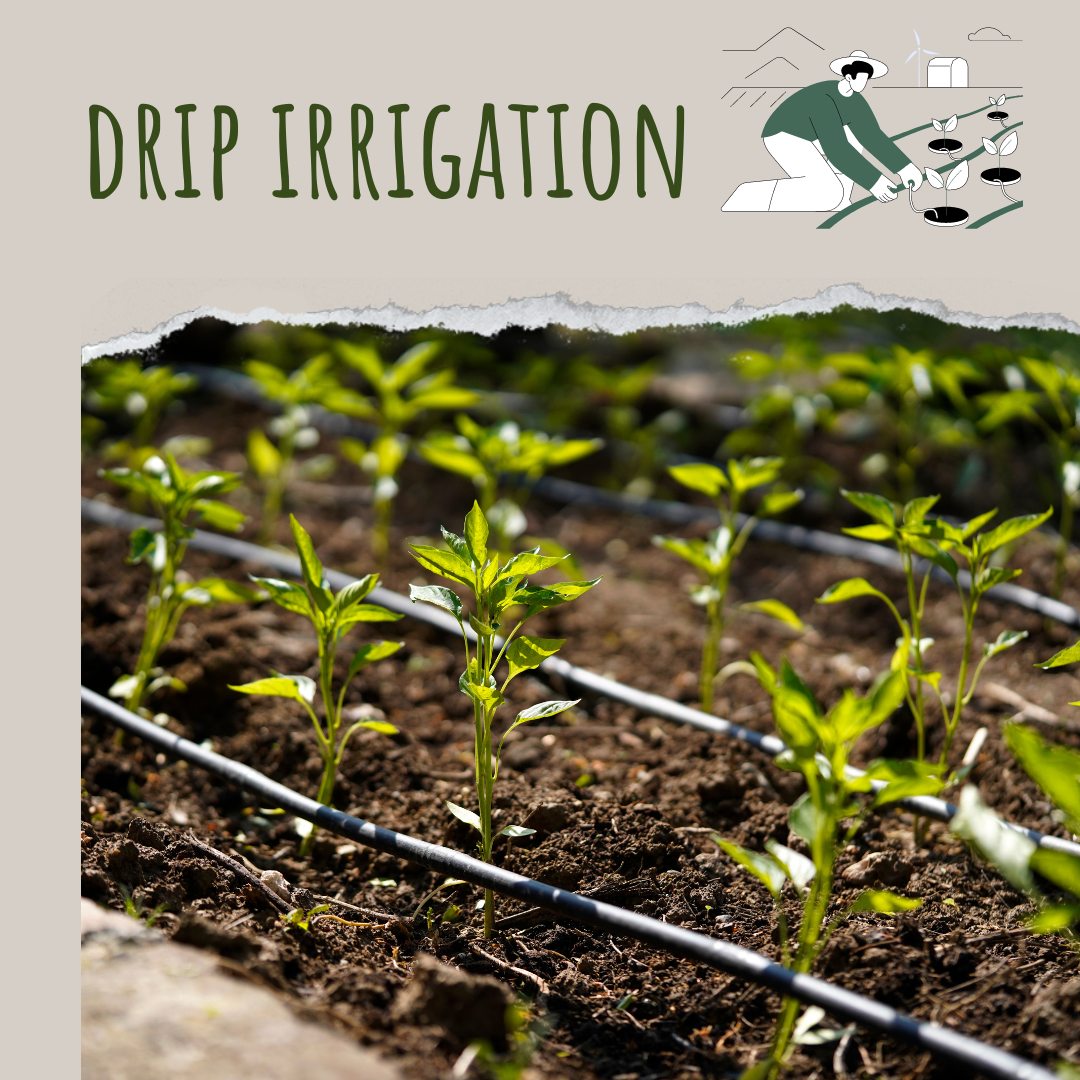
These systems deliver water directly to the roots, ensuring your plants get the moisture they need without wastage.
You can set a timer to water your plants at the most optimal times, such as early in the morning or late in the evening, which helps conserve water and promotes healthy plant growth.
This way, you can enjoy your garden without the daily hassle of manual watering.
Use Self-Watering Containers
Self-watering containers are another great way to reduce the frequency of watering. These containers have a built-in reservoir that holds water and gradually releases it to the plants as needed.
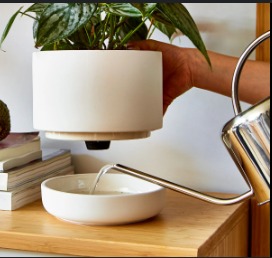
This ensures that your plants receive a consistent supply of water, which is especially useful if you have a busy schedule or tend to forget to water your plants.
Self-watering containers come in various sizes and styles, making them suitable for different types of plants and garden setups.
Mulch to Retain Moisture
Mulching is a simple yet effective way to save time on watering and weeding. By applying a layer of organic mulch, such as straw, wood chips, or bark, you can help retain soil moisture and reduce the evaporation rate.
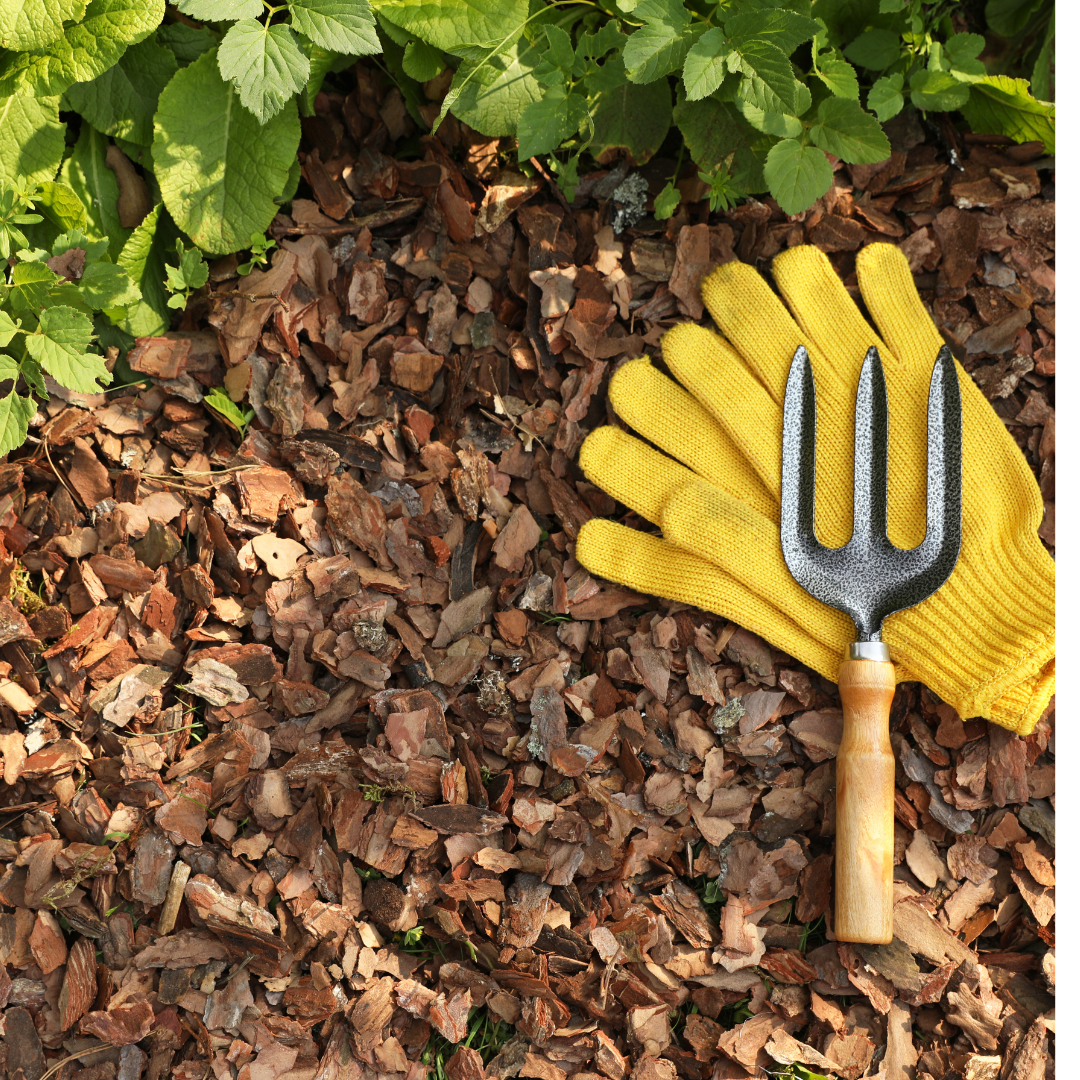
Mulch also suppresses weeds, which compete with your plants for nutrients and water. As the mulch breaks down, it adds valuable nutrients to the soil, improving its fertility and structure.
This means less time spent on watering and weeding and more time enjoying your garden.
Regular Pruning
Pruning is an essential maintenance task that helps keep your plants healthy and productive. By regularly removing dead or diseased leaves, you prevent the spread of disease and encourage new growth.

Pruning also helps improve air circulation around the plants, reducing the risk of fungal infections.
Make it a habit to check your plants every week and prune as needed. This small time investment can lead to a more robust and thriving garden.
Efficient Fertilization
Using slow-release fertilizers can save you time and effort in feeding your plants. These fertilizers provide nutrients gradually over an extended period, reducing the need for frequent applications.
Choose organic slow-release fertilizers, which are better for the environment and promote sustainable gardening.
By feeding your plants efficiently, you ensure they get the necessary nutrients without the hassle of regular fertilization.
Pest Control
Managing pests can be time-consuming, but adopting an Integrated Pest Management (IPM) approach can make it easier. IPM involves using a combination of methods to control pests in an environmentally friendly way.
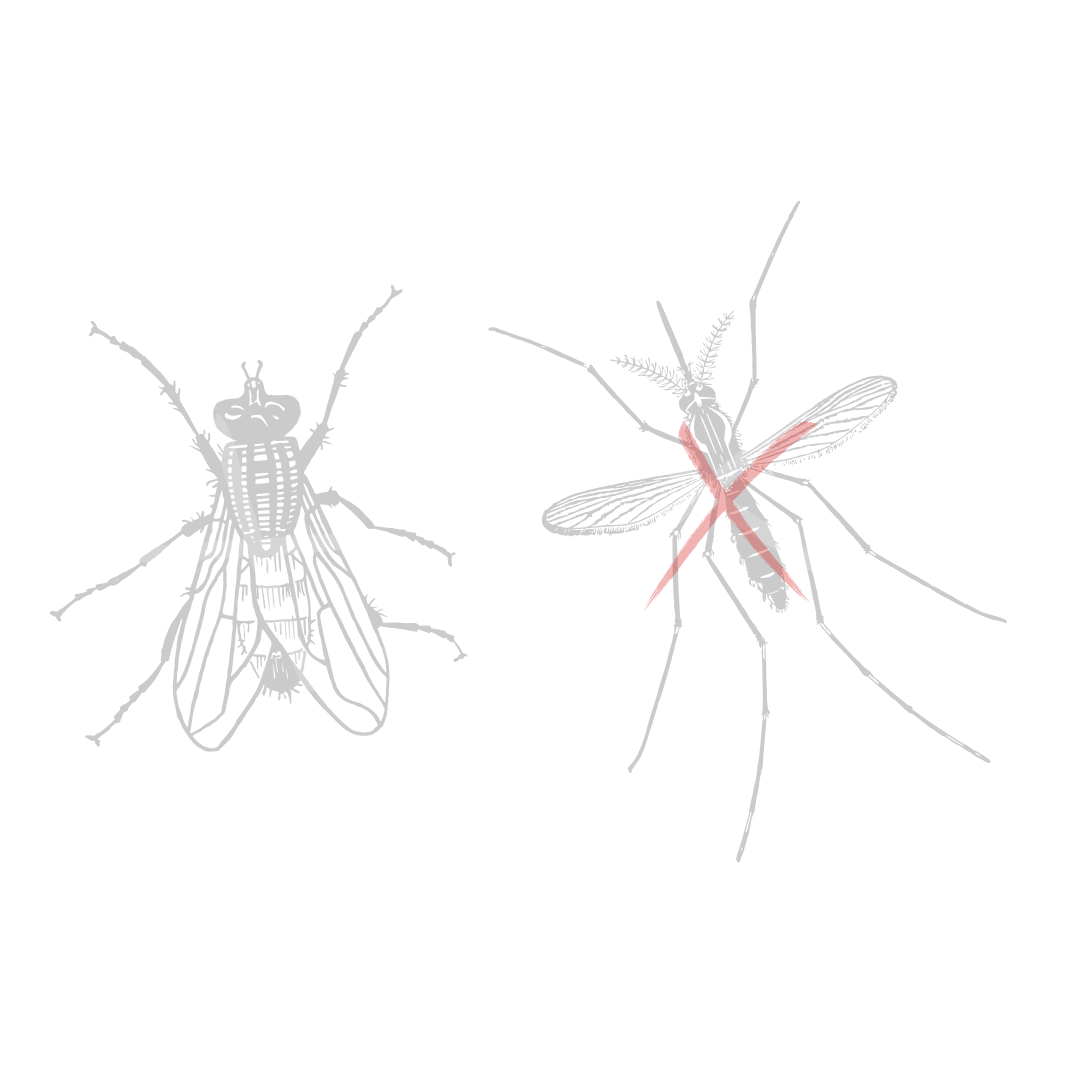
For instance, you can introduce natural predators like ladybugs to your garden to keep aphids in check.
Regularly inspect your plants for signs of pests and take action promptly. Hand-picking pests or using natural sprays made from ingredients like neem oil can be effective and save you from dealing with severe infestations.
Rotate Crops
Crop rotation is a technique that involves changing the location of your plants each season.
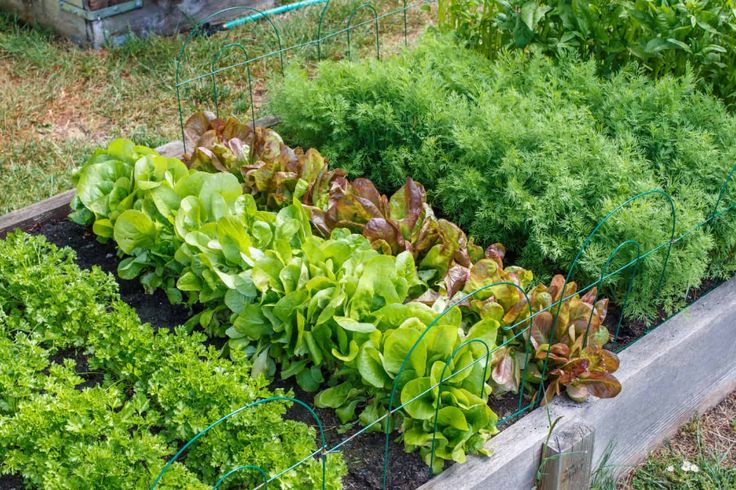
This practice helps prevent soil depletion and reduces the risk of pest and disease problems. Different plants have varying nutrient requirements and attract different pests.
By rotating crops, you ensure that the soil remains fertile and balanced, and you minimize the chances of pests and diseases becoming established.
Plan your garden layout with crop rotation in mind to keep your plants healthy with less effort.
Utilize Vertical Space Wisely
Maximizing the use of vertical space is key to an efficient vertical garden. Use trellises, shelves, and hanging baskets to grow your plants vertically.

This not only saves ground space but also makes maintenance tasks more manageable. Plants grown on trellises or shelves are easier to access for pruning, watering, and harvesting.
Additionally, utilizing vertical space allows you to grow more plants in a limited area, enhancing the productivity of your garden.
Group Plants by Water Needs
Grouping plants with similar water needs together can make watering more efficient. This prevents overwatering or underwatering certain plants.
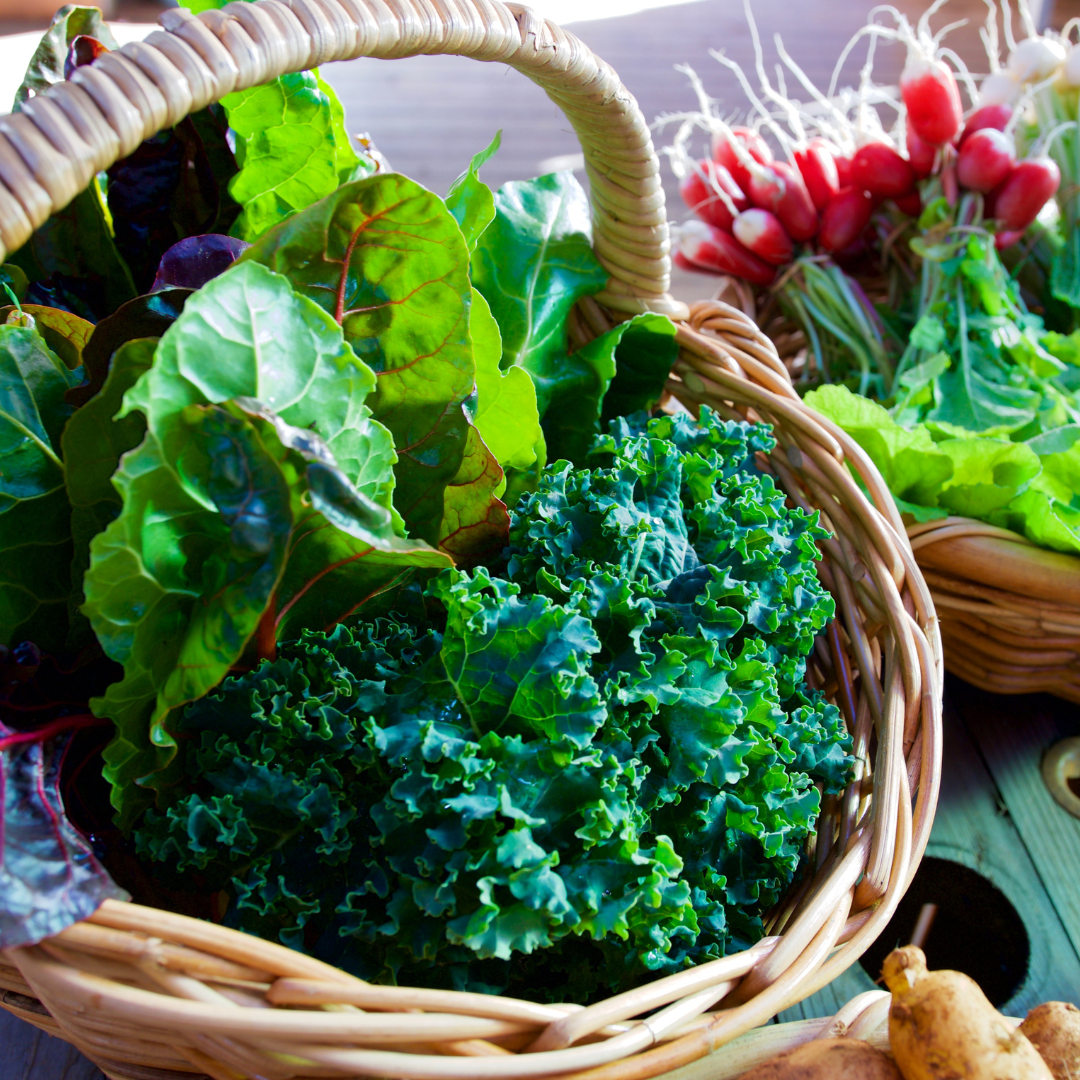
For example, leafy greens and herbs, require more frequent watering. By organizing your garden based on water requirements, you can ensure each plant receives the appropriate amount of moisture, saving time and reducing the risk of plant stress or disease.
Keep Tools Handy
Having a dedicated spot for your garden tools can save you time during maintenance. Keep your tools organized and within easy reach so you don’t waste time searching for them when you need them.

Consider using a tool belt or a portable tool caddy that you can carry with you while working in the garden.
This way, you have all your essential tools at hand, making your gardening tasks more efficient.
Plan Ahead
Creating a gardening schedule can help you stay on top of maintenance tasks and ensure everything gets done on time.
Plan when to water, prune, and fertilize your plants. Mark these tasks on a calendar or set reminders on your phone. A well-thought-out schedule keeps you organized and prevents you from missing important tasks.
By planning ahead, you can manage your time effectively and enjoy a well-maintained garden with minimal effort.
Conclusion:
In conclusion, maintaining a vertical garden doesn’t have to be a time-consuming chore. By choosing low-maintenance plants, automating your watering system, using self-watering containers, and mulching, you can significantly reduce the time spent on daily upkeep.
Regular pruning, efficient fertilization, and integrated pest management help keep your plants healthy and productive.
Crop rotation, utilizing vertical space wisely, and grouping plants by water needs ensure your garden remains sustainable and easy to manage.
Keeping your tools handy and planning ahead further streamline your gardening efforts.
With these time-saving hacks, you can enjoy a lush and thriving vertical garden without the hassle. Happy gardening!
